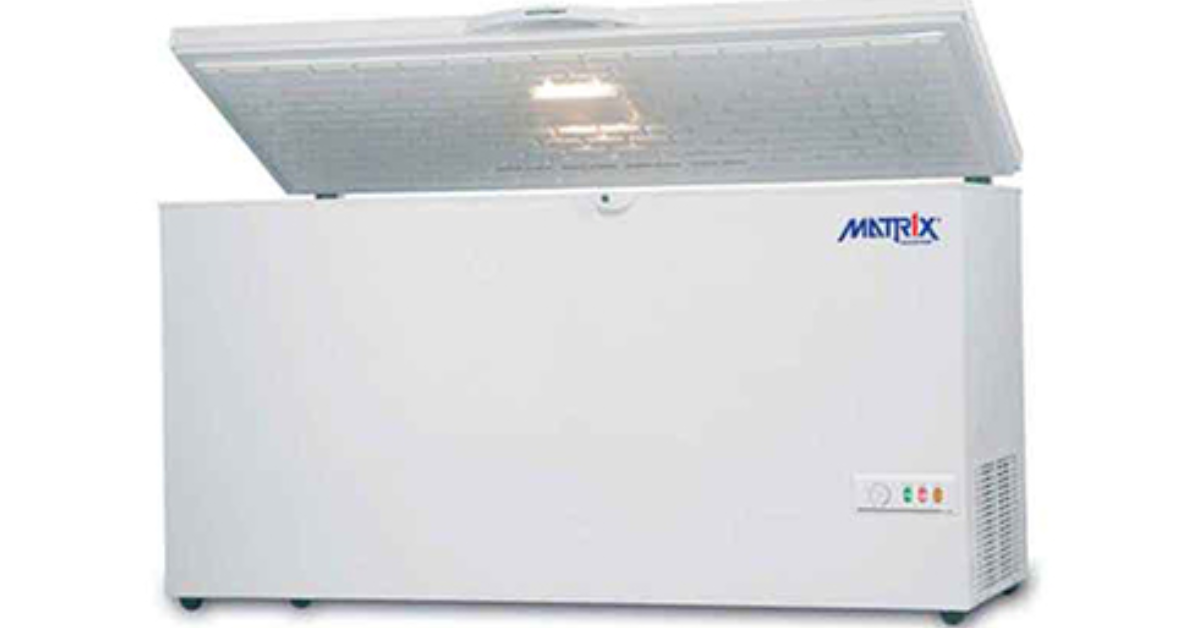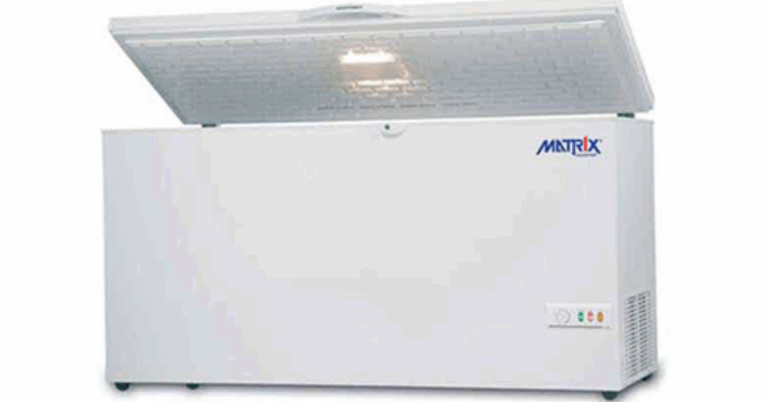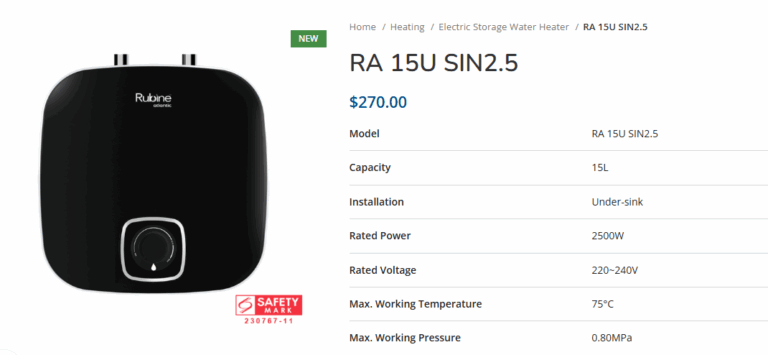Robust Cold Storage for Sea Duty: 158 L Marine Chest Freezer 60 Hz
When installing reliable freezing capacity aboard vessels, the 158 L Marine Chest Freezer 60 Hz makes a strong choice for crew quarters, ship galleys and marine storage rooms. Built specifically for maritime environments, it delivers high-performance freezing under salt-air exposure, constant vibration and power fluctuation. With compact size, marine-grade materials and efficient 60 Hz operation, this chest freezer supports safe, consistent preservation of frozen goods whether food, medicine or supplies through long maritime voyages.
Why Marine-Grade Chest Freezing Matters
Operating at sea means facing unique refrigeration challenges: high humidity, salt corrosion, motion and variable power supply. Standard freezers often struggle in this environment. A marine chest freezer designed for 60 Hz use tackles these issues by featuring heavy insulation, corrosion-resistant cabinets, secure locking mechanisms and marine-rated components. The 158-litre size offers ideal mid-capacity storage for vessels needing reliable freezing without huge footprint or power demands.
Key Features & Specifications
-
158 Litres Capacity: Ample volume to store bulk frozen goods while maintaining manageable size for installation in cabins or galley areas.
-
60 Hz Marine-Rated Operation: Designed for compatible power supply environments found on ships and offshore platforms.
-
Marine-Grade Construction: Features corrosion proof interior shells (such as aluminum or coated steel), adjustable feet for uneven decks, and heavy-duty hinges and latches.
-
Tropical Climate Design: Optimized for high ambient temperatures and humidity, ensuring steady performance in galley or engine-room heat zones.
-
Secure Locking Lid: Keeps contents safe during rough seas and reduces risk of theft or accidental access.
-
Eco-Friendly Refrigerant & Efficient Compressor: Reduced energy consumption aids vessel power budgeting; thicker foam insulation prevents temperature drop off during high load.
-
Quiet and Stable Operation: Engineered mounts and compressor design reduce vibration and noise important in shared crew spaces.
Installation & Space Considerations
Selecting and placing a 158 L marine chest freezer involves a few practical steps:
-
Location: Choose a dry, well-ventilated position with minimal direct heat source. Keep clearance above lid to allow full opening.
-
Electrical: Ensure 60 Hz power availability and compatible voltage typically shipboard systems match the unit’s specification.
-
Securing: Use anti-vibration feet and tie-down brackets if on open deck or prone to severe motion.
-
Orientation & Access: Top-opening lid works best in tight spaces but ensure clearance for full lift.
-
Ventilation & Maintenance Space: Leave service access if compressor or condenser needs servicing.
-
Load Planning: Don’t over-pack; allow airflow inside the chest to avoid uneven freezing.
Why 158 L Capacity Works Well at Sea
For many marine vessels—whether a yacht, small cruise ship sector, supply vessel or remote outpost—the 158 L chest freezer hits a sweet spot:
-
Enough volume to handle typical freezer needs for crew and storage without overwhelming power draw.
-
Footprint small enough to fit under deck, in galley alcoves or even storage cabins.
-
Allows for efficient batch loading during provisioning and stock rotation without waste.
-
More energy efficient than larger units, reducing strain on ship power systems.
Maintenance & Operational Tips
To achieve maximum longevity and performance:
-
Regular Defrosting: Even though modern units are efficient, periodically defrost to avoid ice build-up which reduces efficiency.
-
Seal Inspection: Check lid gaskets for wear; a poor seal leads to warm air intrusion and higher energy use.
-
Clean Condenser Fins: Salt and humidity cause build up cleaning prolongs compressor life.
-
Power Monitoring: On ship systems, ensure stable 60 Hz supply; voltage dips may reduce performance or lifespan.
-
Inventory Rotation: Label and rotate contents so freezer space is used efficiently and items stay within storage guidelines.
-
Vibration Monitoring: On rough seas, monitor vibration levels; secure anchoring ensures internal parts don’t loosen over time.
Real-World Applications
-
Cruise Ships / Passenger Vessels: Ideal for subsidiary freezer space near kitchens, buffets or crew mess areas.
-
Offshore Supply & Service Ships: Useful on supply decks or snack stores where frozen storage is limited but essential.
-
Yachts & Private Vessels: For luxury provisioning, the compact size and marine build fit minimalist but capable installations.
-
Fishing / Research Vessels: Maintains catch or sample storage in remote locations where reliability under rough conditions is critical.
Buying & Specification Checklist
Before purchasing a 158 L marine chest freezer 60 Hz, evaluate:
-
Confirm 60 Hz frequency and correct voltage for your vessel’s electrical system.
-
Verify marine-grade materials (interior shell, hinges, locks) and anti-corrosion treatment.
-
Ask for service access history or parts availability in marine zone.
-
Check energy efficiency rating and expected consumption under load.
-
Review warranty and support for marine environment (e.g., salt spray resistance, motion tolerance).
-
Reliable supplier should provide installation guidance, shipping considerations (sea freight), and marine compliance documentation.
Conclusion
Selecting the right freezing equipment onboard a vessel is vital for smooth operations. The 158 L Marine Chest Freezer 60 Hz delivers an optimal blend of capacity, durability and efficiency. Whether for crew provisions, passenger catering or remote marine stations, this chest freezer is built to handle motion, humidity and salt air while preserving your frozen inventory reliably. By focusing on proper installation, maintenance and marine grade design, operators can ensure food safety, cost-efficiency and long-term performance at sea.







